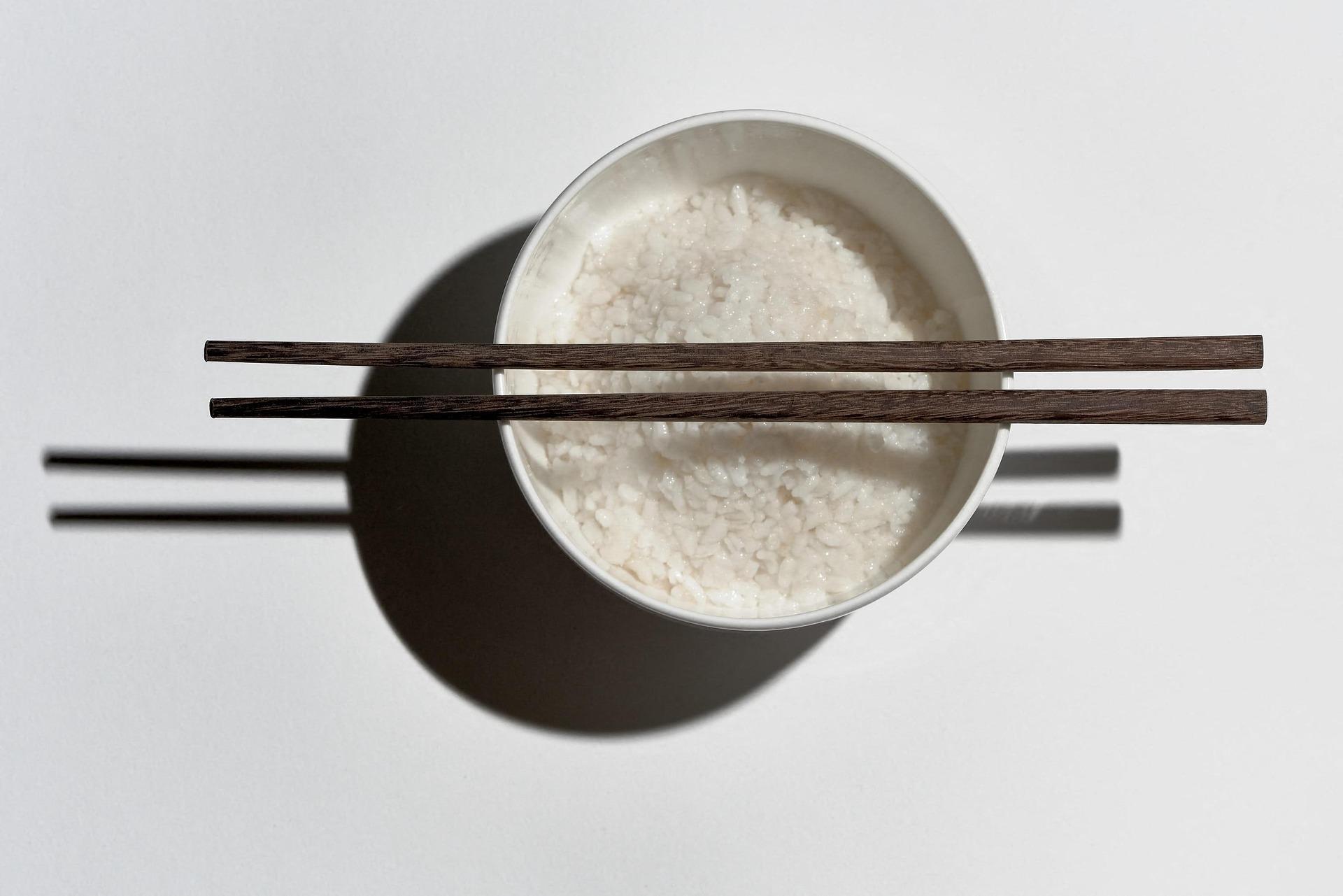
Japan is facing a troubling economic development as a sharp surge in prices combines with declining growth—a classic case of stagflation. One of the most alarming indicators is the wholesale price of rice, which soared by 98.4% year-over-year in April. This marks the biggest monthly increase since 1971 and follows a 92.1% surge in March.
Rice, a staple in the Japanese diet, has long been a symbol of stability in the nation's food market. However, recent months have shattered that perception. Prices that hovered below 15,000 JPY per 60 kg for much of the past decade have suddenly spiked to over 27,500 JPY, indicating an unprecedented escalation. This surge reflects not just supply-side constraints but also deep-rooted inflationary pressures.
Adding to the strain, energy prices in Japan rose by 9.3% in April. This jump followed the government's decision to phase out subsidies on gas and electricity in March, pushing household and business costs even higher.
These pressures are clearly visible in Japan’s consumer price index (CPI), which excludes volatile fresh food prices. The core CPI rose 3.5% year-over-year in April, accelerating from a 3.2% increase in March. This marks the fifth consecutive month with inflation above 3%, suggesting that price pressures are becoming deeply entrenched.
At the same time, economic growth has taken a hit. Japan's GDP shrank by 0.7% in the first quarter of 2025, marking the first contraction since the same period in 2024. The combination of stagnant or declining growth and persistent inflation signals that Japan has slipped into stagflation—a rare and deeply concerning scenario for any developed economy.
The Japanese government now faces a difficult policy dilemma. Measures to tame inflation, such as tightening monetary policy, could further dampen growth. But failing to address inflation could erode purchasing power and confidence.
For now, Japan stands at a critical crossroads, with policymakers needing to balance price stability and economic recovery amid mounting global and domestic pressures.
Disclaimer:
The information provided in this article is for informational purposes only and does not constitute financial, investment, or economic advice. Readers are advised to conduct their own research or consult a professional before making any financial decisions.




